Of the canine (Dens caninus) is located in front of the premolar teeth and behind the incisors, whereby the name refers to the kink that the dental arch makes at this point.
What are canines?
The canine is also known colloquially as the "eye tooth" because inflammation causes pressure pain or redness under the eye.
Everyone has a total of four canine teeth, which are in third position. In the anterior region, it is the largest tooth that can already be found in the deciduous dentition. The permanent canines then erupt around the age of 11, with the lower ones usually appearing before the upper ones.
Anatomy & structure
The canine has a root in which a margin can be found. The root of the tooth is slightly flattened. A clear root feature is the opital curvature on the upper canine teeth. The roots of the upper canines are also longer than the lower ones.
Instead of a chewing surface, the canine has only one tip (also called the cusp tip), which has two incisal edges. The vestibular surfaces consist of two parts: a distal (rear) half and a mesial (front) half. These are separated by a central line that runs vertically. Canines have a spherical shape and are slightly curved from the cutting edge to the neck of the tooth. The canine tip is not exactly in the middle, but is slightly shifted mesially.
The mesial incisal edge is shorter and steeper than the distal edge, and there are two marginal ridges and a central ridge on the back of the crown, which meet in a so-called tubercle (cusp). The upper canines are also larger than the lower teeth. With them, the crown axis is also somewhat "bent", which is known as the "crown curse".
Function & tasks
The canines form the transition between anterior and posterior teeth. Their job is to hold or tear up food. When biting off, the region of the canine is mostly used instinctively, as the tooth roots are particularly strong. In general, the canines are the strongest teeth in human dentition and act as a kind of "fangs" because they have an extremely pointed cutting edge.
The canine teeth are often referred to as "dog teeth" because they are somewhat similar to the canine teeth of dogs. Similar to the dogs, the teeth are still used colloquially today as "threatening gestures". Various expressions such as "show your teeth", "feel your teeth" or "put a tooth in" are derived from this. Since severe tearing is no longer necessary due to the use of a knife and fork or due to the most varied types of preparation of food, the canine teeth have receded over time.
You can find your medication here
➔ Toothache medicationDiseases
The following dental diseases can occur in canines:
- Caries
- Pulpitis
- apical ostitis
Caries is a disease of the two hard tissues of the tooth, dentin and enamel. In the process, decalcifications are initially formed, which are initially white, but can then turn dark. As long as tooth decay only affects the enamel layer, it can be remineralized. If the caries penetrates into the dentin, toothache occurs.
Pulpitis is an inflammation of the tooth pulp (pulp) caused by chemical, thermal and mechanical irritation. Those affected suffer from toothache; if the irritation persists, the inflammation can also become chronic. As part of apical ostitis, the tip of the tooth becomes inflamed. This is bacterial inflammation, as bacteria get through the root canal to the tip of the root. Acute ostitis can be very painful, but sometimes the inflammation is pain-free. In addition, canines are often dislocated and retained, the reason being a rather late eruption time. In many children, the bone is already solid and the neighboring teeth have already erupted.
If there is a lack of space, these then take the place of the canine. In some cases, the tooth erupts outside the row of teeth, and very often it lies across the upper jawbone. Sometimes the canine is located very high up in the jawbone, so that a relatively long distance has to be covered before the tooth breaks through. A failure of canines, however, is extremely rare or not known. This occurs much more frequently with the wisdom teeth or the incisors. In adults, displaced and retained canine teeth are very often surgically removed, in adolescents the tooth crown is often exposed. After the wound has healed, this is then adjusted with the help of a bracket or a so-called orthodontic device.
In some cases it is also necessary to stretch the upper jaw to create more space. Malformations also occur in connection with cleft lip and palate. Normally the cleft lip in the upper jaw runs between the second incisor and the canine, but malformations can lead to adhesions, partial fusions or fusions.
If the rows of teeth are closed, then the lower or upper canine teeth touch each other and with chewing movements there is a gap between the lower and upper chewing surfaces, which is called "canine guidance". Especially with dentures such as bridges and crowns, it is necessary to restore this canine guidance. With full dentures, however, no canine guidance is created, as the denture would otherwise tip.
Typical & common dental diseases
- Tooth loss
- Tartar
- Toothache
- Yellow teeth (tooth discoloration)

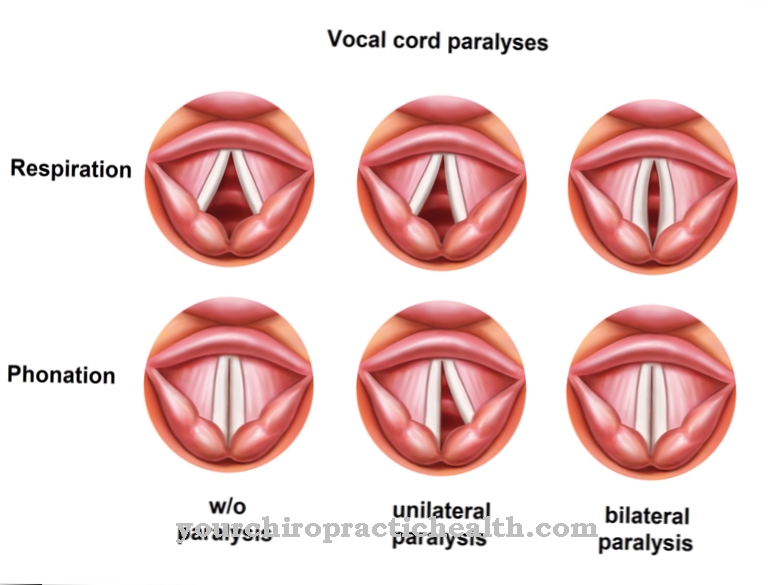
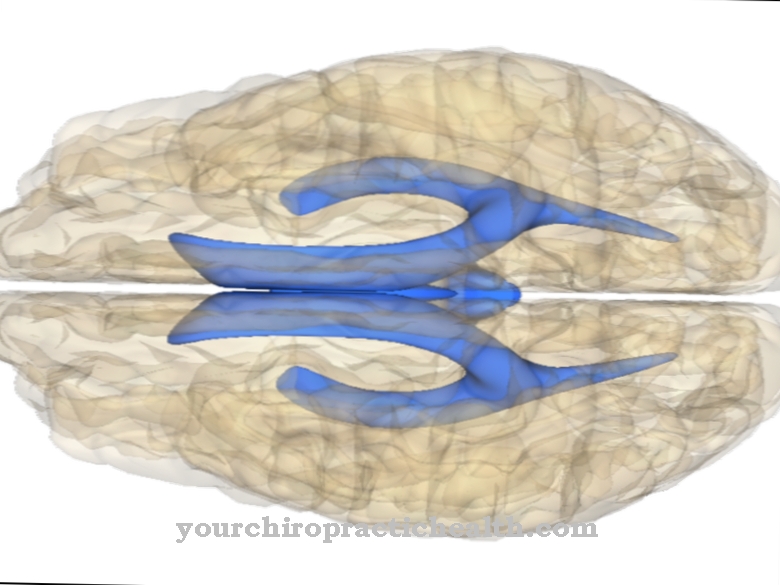
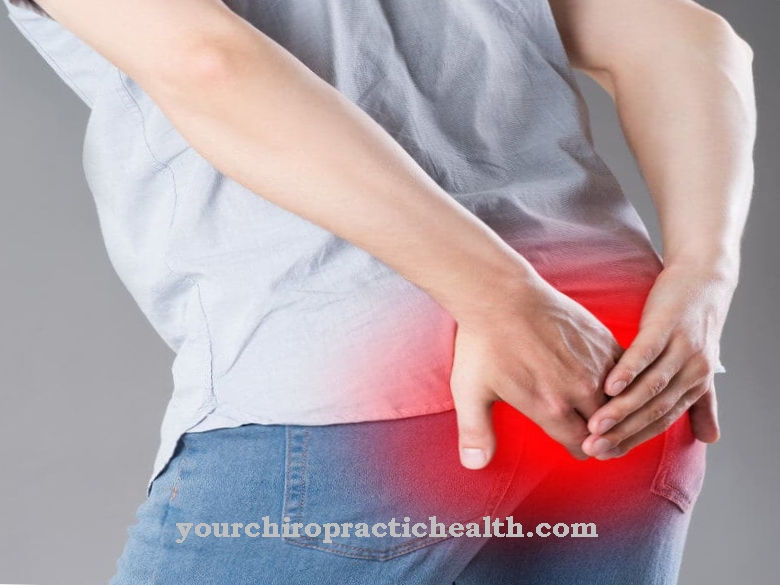
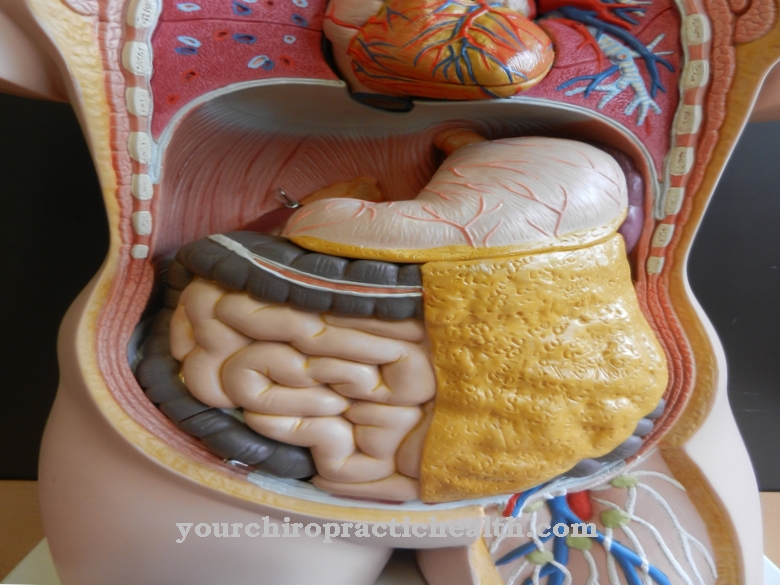
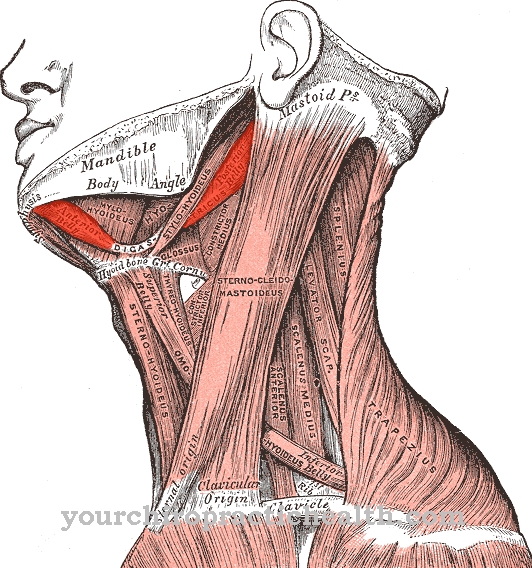
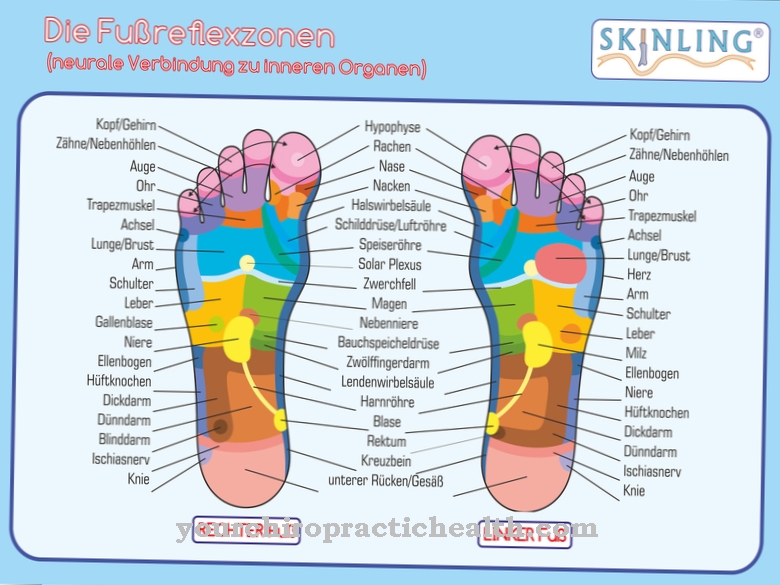

















.jpg)



